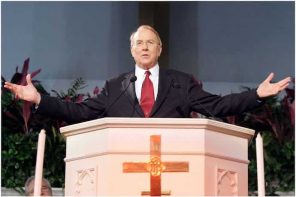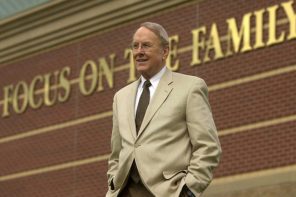Focus on the Family is heralding new, lower hate crime numbers from the FBI as proof that hate crime laws protecting sexual orientation or gender identity are “speech chilling, and religious freedom killing” and not needed.
According to the Associated Press, the FBI reported that there were 6,604 hate crime incidents reported in 2009, down from 7,783 in 2008. In addition, “there were 8,336 reported victims, down from 9,691 in 2008. The victim totals include not only individuals but also businesses, religious buildings and other institutions.”
FotF’s blog notes that “since the Matthew Shepard Act was a high-priority issue for the gay activist lobby, it’s interesting to note that gays and lesbians were also beneficiaries of the overall drop in hate crimes.” Over at Box Turtle Bulletin, however, Jim Burroway gives some much needed perspective on the numbers.
When considering just violent crimes (Murder and non-negligent manslaughter, forcible rape, aggravated assault, and simple assault), sexual orientation based crimes are up, both in incidents and in percentage of hate crimes. As in prior years, reported anti-gay hate crimes tended to include physical violence significantly more often than those of other reported demographics. This may reflect either a greater degree of animus, or it may demonstrate that reporting agencies are less likely to take non-violent hate crimes based on sexual orientation as serious or worth reporting.
Violent hate crimes based on sexual orientation went from 695 in 2008 to 725 in 2009. This reflects a slight increase in the percentage of violent hate crimes that are sexual orientation related as well as a slight increase in the percentage of sexual orientation hate crimes that were violent.
So, while the overall number of assaults on gays and lesbians may be down, the severity of those attacks are increasing. It’s not a stretch to think that the growing animus comes from the ongoing preaching against gays and lesbians from the pulpit. A recent poll from the Public Religion Research Institute showed a plurality of Americans say “that messages coming from places of worship are negative.” Forty-percent of those polled agreed that “these messages contribute ‘a lot’ to negative perceptions of gay and lesbian people.” The Southern Baptists in South Carolina are even urging their pastors to preach even more negative messages about homosexuality. We may see the results in those efforts in next year’s hate crimes numbers.
Burroway also notes that to keep the numbers in perspective we have to consider population size as well.
For example, African Americans make up about 12.4% of the population and there were 819 reported cases of anti-black assaults. The GLB community, on the other hand, comprise maybe around 5.5% of the total population and suffered 712 reported cases of assault.
Taken as a size of the population, then, gays and lesbians are suffering a disproportionate amount of violence against them. Overall, the news is good—hate crime numbers are dropping. But, once you dig down into the numbers, you soon realize that despite the drop gays and lesbians are not safer and the need for hate crime laws continues to be as relevant as ever.




